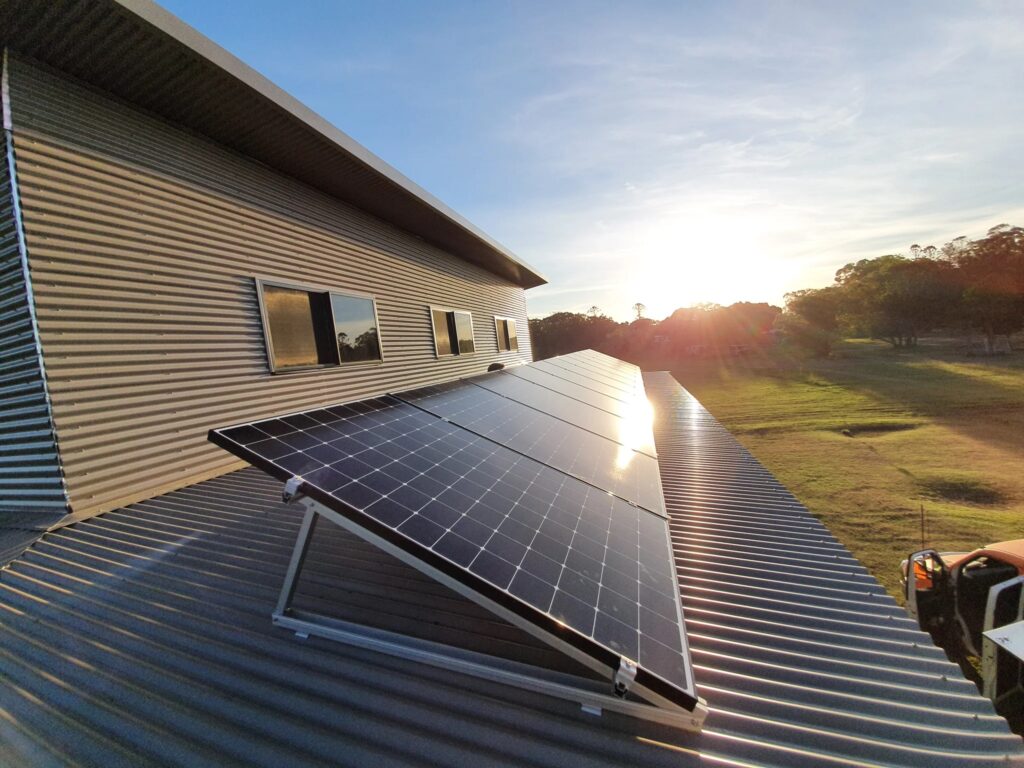The conversion efficiency of photovoltaic (PV) modules, also known as solar panels, refers to the percentage of sunlight they can convert into electricity. This efficiency is a critical factor in determining the performance and output of a solar panel. The efficiency of PV modules can vary based on several factors, including the type of technology used and the quality of the panel.
- Monocrystalline Silicon Solar Panels (Mono-Si):
- Monocrystalline solar panels typically have high conversion efficiencies, ranging from about 15% to 22%.
- Premium monocrystalline panels can achieve efficiencies above 22%.
- Polycrystalline Silicon Solar Panels (Poly-Si):
- Polycrystalline solar panels generally have lower efficiencies compared to monocrystalline panels, typically ranging from 13% to 18%.
- Some high-quality polycrystalline panels can reach efficiencies of around 20%.
- Thin-Film Solar Panels:
- Thin-film solar panels have a wide range of efficiencies depending on the specific technology used. Thin-film panels include amorphous silicon (a-Si), cadmium telluride (CdTe), copper indium gallium selenide (CIGS), and more.
- Efficiencies for thin-film panels can range from 10% to 16% for a-Si, 9% to 22% for CdTe, and 12% to 22% for CIGS.
- Multi-Junction or Tandem Solar Panels:
- Multi-junction or tandem solar panels, which use multiple layers of different semiconductor materials to capture a broader range of the solar spectrum, can achieve very high efficiencies. These panels can exceed 40% in laboratory settings, but commercial versions typically range from 25% to 30% efficiency.
It’s important to note that while higher efficiency panels can generate more electricity for the same surface area, they are often more expensive. The choice of solar panel efficiency depends on various factors, including the available installation space, budget, and energy production goals. When designing a solar system, it’s essential to consider both the efficiency of the panels and their overall cost-effectiveness over the system’s lifespan.
Additionally, PV module efficiency can vary based on environmental conditions, such as temperature and sunlight intensity. Manufacturers often provide temperature coefficients and other performance data to help users understand how the panels will perform in different scenarios.


